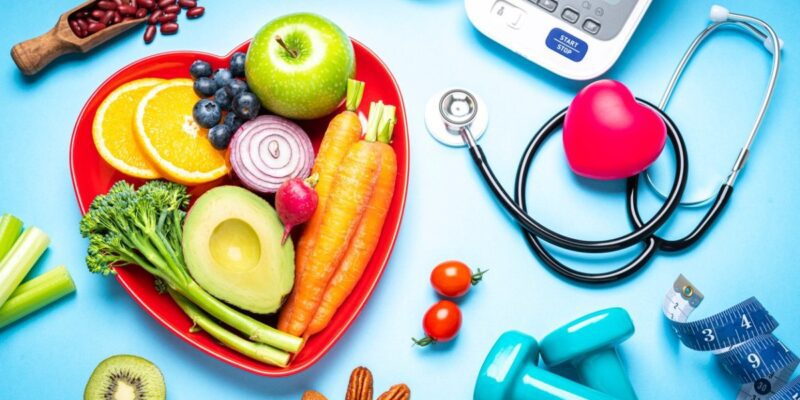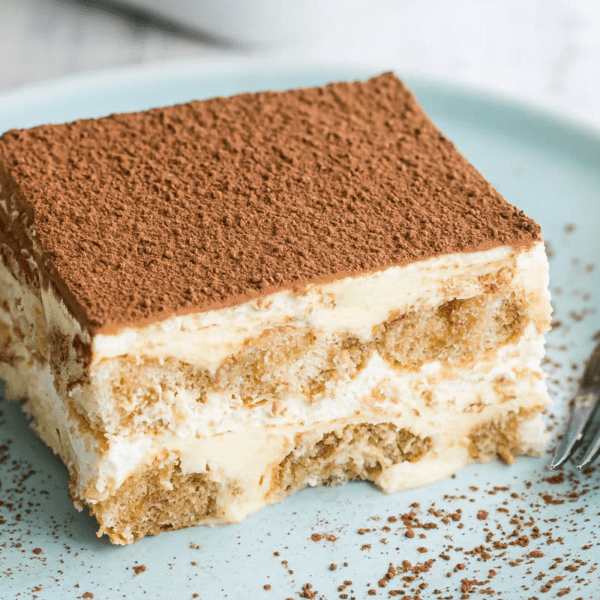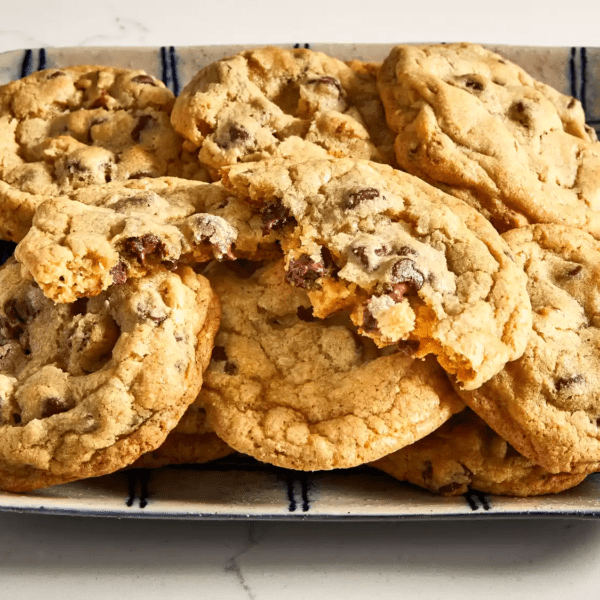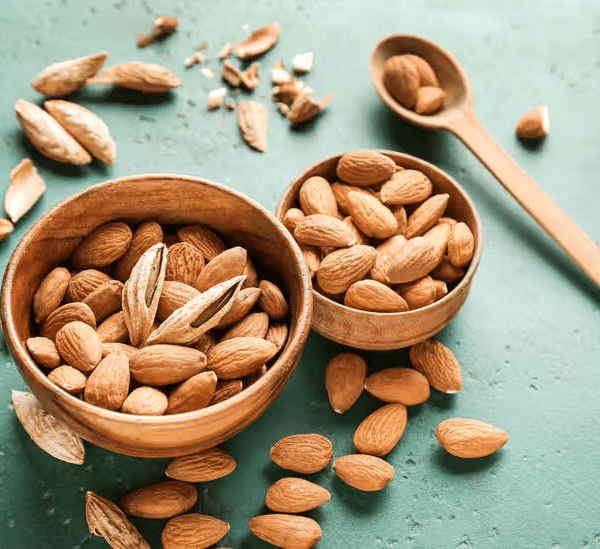
Changing your diet can help lower your cholesterol and improve the flow of lipids in your bloodstream. The best strategy to attain a low-cholesterol diet is to include foods that lower LDL, the bad cholesterol-carrying particle that contributes to artery-clogging atherosclerosis.
Different foods reduce cholesterol in different ways. Some contain soluble fibre, which binds to cholesterol and its precursors in the digestive tract and pulls them out of the body before they enter circulation. Some provide polyunsaturated fats, which directly lower LDL cholesterol. Some also contain plant sterols and stanols, which inhibit the body’s absorption of cholesterol.
Reduce LDL Cholesterol by Adding These Foods to Your Meals
- Oats: A bowl of oatmeal or cold oat-based cereal like Cheerios for breakfast is a simple first step towards decreasing your cholesterol. It contains 1 to 2 grammes of soluble fibre. Add another half-gram with a banana or strawberries. Current dietary recommendations recommend 20 to 35 grammes of fibre per day, with at least 5 to 10 grammes coming from soluble fibre. (The ordinary American receives almost half that amount.)
- Barley and other Whole Grains: Barley and other whole grains, including oats and oat bran, can help lessen the risk of heart disease, owing to the soluble fibre they provide.
- Beans: Beans are particularly high in soluble fibre. They also take longer for the body to digest, so you feel fuller for longer after eating. That’s one reason beans are a good choice for people attempting to lose weight. Beans are a tremendously flexible meal, with so many options — from navy and kidney beans to lentils, garbanzos, black-eyed peas, and more — and so many ways to prepare them.
- Eggplant and Okra: These two low-calorie vegetables are high in soluble fibre.
- Nuts: A plethora of research indicates that consuming almonds, walnuts, peanuts, and other nuts is beneficial to the heart. Eating 2 ounces of nuts each day can reduce LDL by about 5%. Nuts have extra nutrients that help to protect the heart in different ways.
- Vegetable Oils: When cooking or at the table, using liquid vegetable oils such as canola, sunflower, safflower, and others for butter, lard, or shortening helps decrease LDL.
- Apples, Grapes, Strawberries, Citrus Fruits: These fruits are high in pectin, a form of soluble fibre that reduces LDL cholesterol.
- Foods Fortified with Sterols and Stanols: Plant-derived sterols and stanols hinder the body’s capacity to absorb cholesterol from the diet. They’re being put in everything from margarine and granola bars to orange juice and chocolate. They can also be purchased as supplements. 2 grams of plant sterols or stanols per day can reduce LDL cholesterol by 10%.
- Soy: Eating soybeans and dishes produced from them, such as tofu and soy milk, was previously promoted as an effective cholesterol-lowering agent. According to studies, taking 25 grams of soy protein per day (10 ounces of tofu or 2 1/2 cups of soy milk) will lower LDL by 5% to 6%.
- Fatty fish: Consuming fish twice or three times per week helps lower LDL in two ways: by replacing meat, which contains LDL-boosting saturated fats, and by providing LDL-lowering omega-3 fats. Omega-3 fatty acids lower triglycerides in the bloodstream and protect the heart by preventing the emergence of irregular cardiac rhythms.
Of course, adopting a cholesterol-lowering diet requires more effort than taking a daily statin. It entails increasing the range of foods in your shopping cart and becoming accustomed to different textures and flavours. However, it is a “natural” technique to lower cholesterol and avoids the danger of muscular difficulties and other negative effects that some people experience when taking statins.
A diet high in fruits, vegetables, legumes, and nuts is also beneficial to the body in ways other than decreasing cholesterol. It regulates blood pressure. It keeps the arteries supple and sensitive. It’s helpful for your bones and digestion, as well as your vision and mental wellness.










